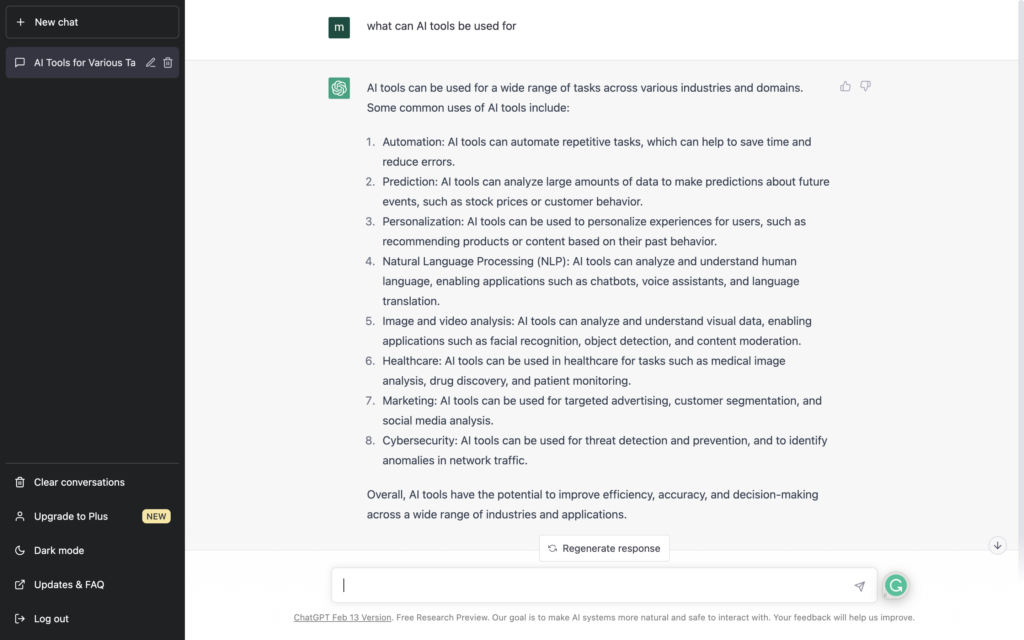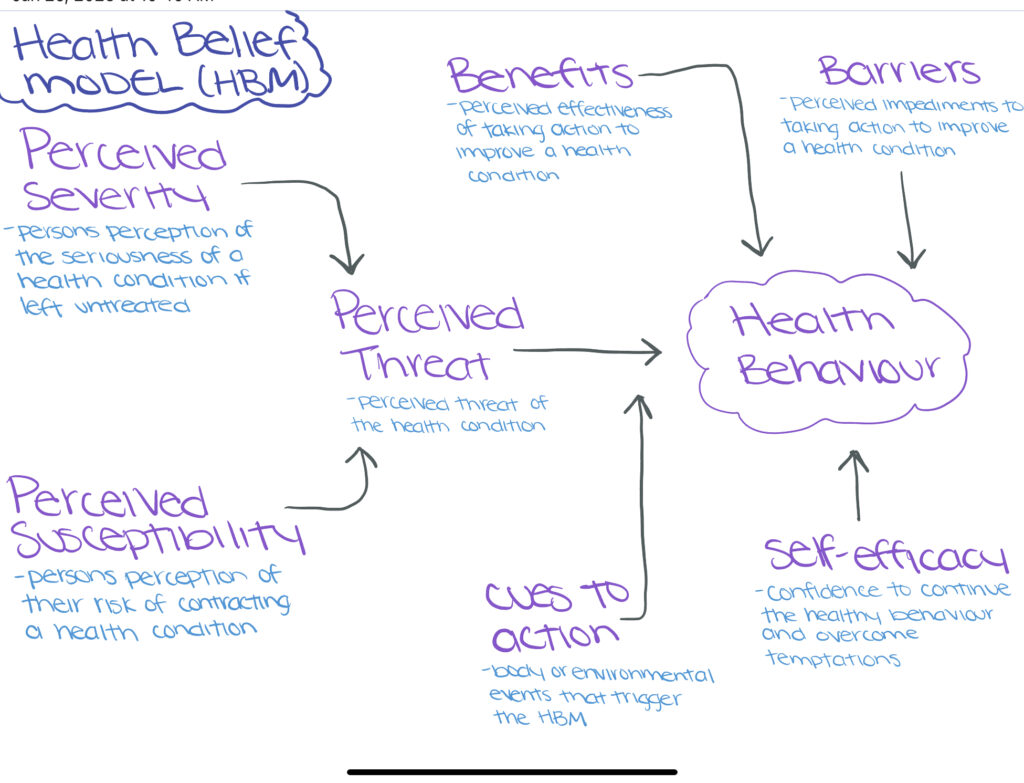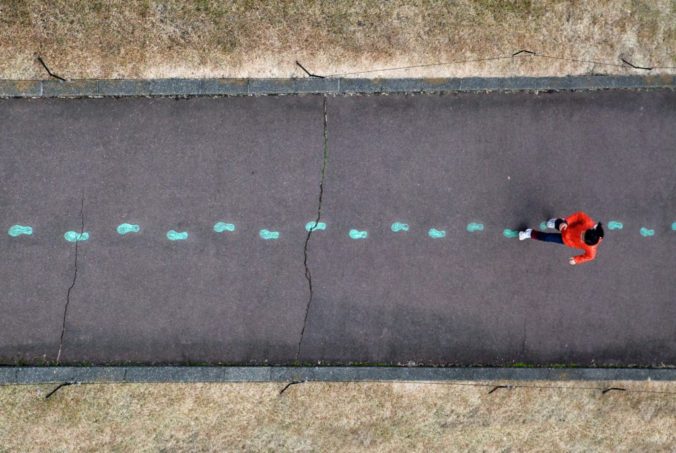I feel like active and passive learning is two very different methods that every student encounters at some point in their learning career. As much as I like to think I am a participant in active learning all the time I know I am not, however, I believe that the way schooling is set up nowadays it is impossible to not be a passive learner.
This course I believe demonstrates a great balance between active and passive learning. Each week when I sit down to go through the weeks content I am reading what is provided and watching different videos which is an example of passive learning. Active learning comes into play when we are asked to engage with and create different forms of multimedia, create a blog post, comment on our peers blog posts, and interact with our groups for our different projects. Personally speaking I find that with this course specifically the active learning out weighs the passive, as there seem to be more active learning tasks then passive.
It is impossible to teach without incorporating a form of passive learning, but if there is a way to integrate active learning into passive learning it can help the learners gain a deeper understanding of what they interpreted through the passive learning activity. This week H5P was an active learning task integrated to our passive learning readings and watchings. Finding a video, setting up H5P, integrating different tools to the video, and now this blog post are all examples of just how easy it really is to participate in active learning! From the information I attained this week and the engagement with the material I came to the realisation of just how easy it is to incorporate active learning into every course I take, and how beneficial it can be to me!





Recent Comments